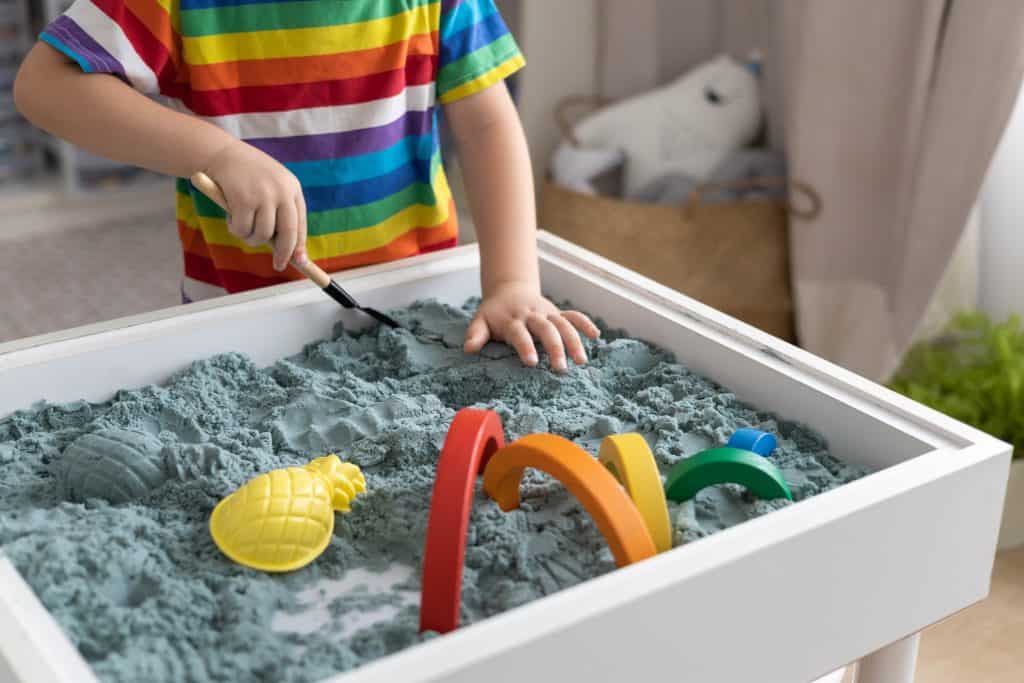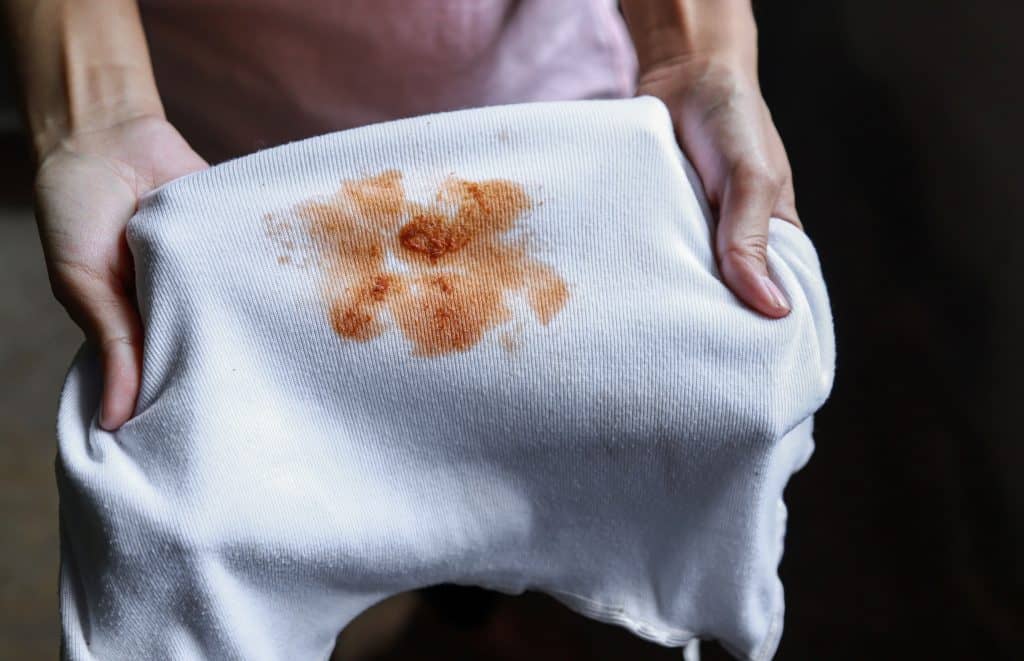Kinetic sand is a very popular children’s toy for a lot of great reasons: it’s affordable, enjoyable, and most importantly, it’s (allegedly) easy to clean – great for tired parents!
That’s all the detail most people need, but how does kinetic sand actually work? Also, is it safe for kids to play with?
Kinetic sand isn’t really magnetic at all – stick a magnet nearby and see it for yourself. The material responsible for kinetic sand’s properties is a polymer called polydimethylsiloxane. It basically makes kinetic sand act as perpetually-wet sand, and is perfectly safe for anyone to play with!
Kinetic sand operates off some surprisingly simple mechanics, but most advertisers won’t bother to put that info on the back of the box!
Is Kinetic Sand Magnetic?
Mechanism of Action
Calling kinetic sand “magnetic sand” is a bit of a misnomer: kinetic sand isn’t magnetic at all! It won’t ever respond to magnets no matter how close they might be – in fact, the only material it sticks to is itself.
That property also makes it easy to clean, as you can dislodge stray kinetic sand granules simply by rolling a small lump of the product over it. How well that works out depends on the surface: flat, smooth areas can be cleaned with ease, while spots with cracks or fabric will take more effort.
The reason for this is the composition of the toy: kinetic sand is made of 98% “regular” sand, 2% polydimethylsiloxane – a polymer that doubles as a bonding agent and water repellant – and miscellaneous silicon oils.
A Simpler Breakdown

Kinetic sand is a non-Newtonian fluid, which is a blanket category for any sort of fluid that doesn’t play by the rules Newton discovered about fluid viscosity. Basically, a substance in this group responds to the force imposed on it, getting thicker or thinner as the force applied changes.
It can seem like a lot to process, but we’ll give you another easy-to-follow example.
Ever wonder why shaking a ketchup bottle gets the condiment out faster? The application of force, through that shaking, makes the fluid thinner and runnier.
It’s kind of the opposite for kinetic sand: more pressure means firmer shapes, but leaving it be will have whatever shape you made gradually degrade and eventually collapse in itself over time.
Safety Risks

Kinetic sand is non-toxic and mostly safe for kids, which is honestly as good as it gets for toys. It may be a choking hazard, but that shouldn’t be an issue with the right precautions and supervision.
Your child might swallow a bit of kinetic sand, but the components should pass harmlessly after a bowel movement or two.
Too much kinetic sand eaten is obviously a health hazard, potentially leading to constipation, stomachaches, or even intestinal obstructions. This is why kinetic sand is age restricted to three-year-olds and above.
Additionally, your kinetic sand may develop unpleasant odors or even mold. This tends to happen if your child plays in the sand with wet hands – the toy isn’t designed to accommodate moisture. Simply disinfect the compromised sand, then leave it out to dry for the night.
If the smell persists, you’d be better off replacing your child’s kinetic sand altogether!
Convenience Risks
It’s true that kinetic sand is much easier to handle than normal sand, but it’s still a product composed of thousands of porous granules, which can get stuck in inconvenient places. This tends to be at its worst when your child was playing on a rough or fabric surface.
Kinetic sand also functions poorly with water, getting too sticky to use. It can easily make a mess of your house in your child’s hands. You might have to resort to scraping off those sediments with a plastic knife. That’s not even getting into the possibility of the sand’s dye running!

The main components of kinetic sand are relatively standardized: sand, polymer, and silicon oil. The problem comes because colored dyes are often added to better appeal to children. The quality of dye may diverge a lot, with poorer products liable to cause some frustrating stains in your home.
Be sure to thoroughly weigh the pros and cons before deciding if kinetic sand is a fitting choice for your household.
Final Thoughts
Kinetic sand isn’t really magnetic, but it’s still a nice sensory toy most people can enjoy. It’s safe and non-toxic, with the only risk coming from ingesting it – which is a negligible concern for people past the recommended age range of the toy! Be mindful of potential dye stain risk, though.